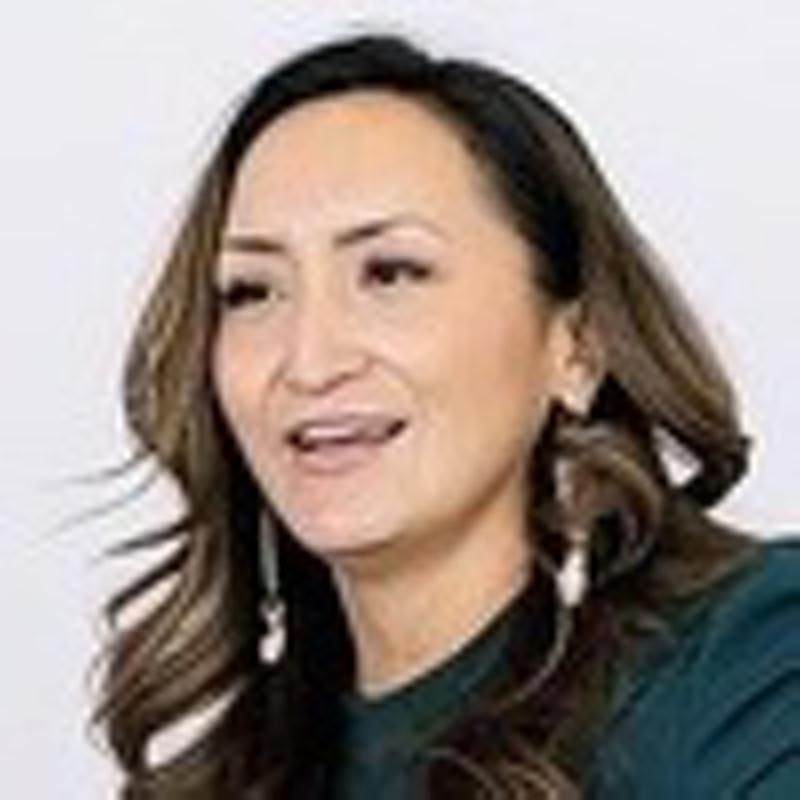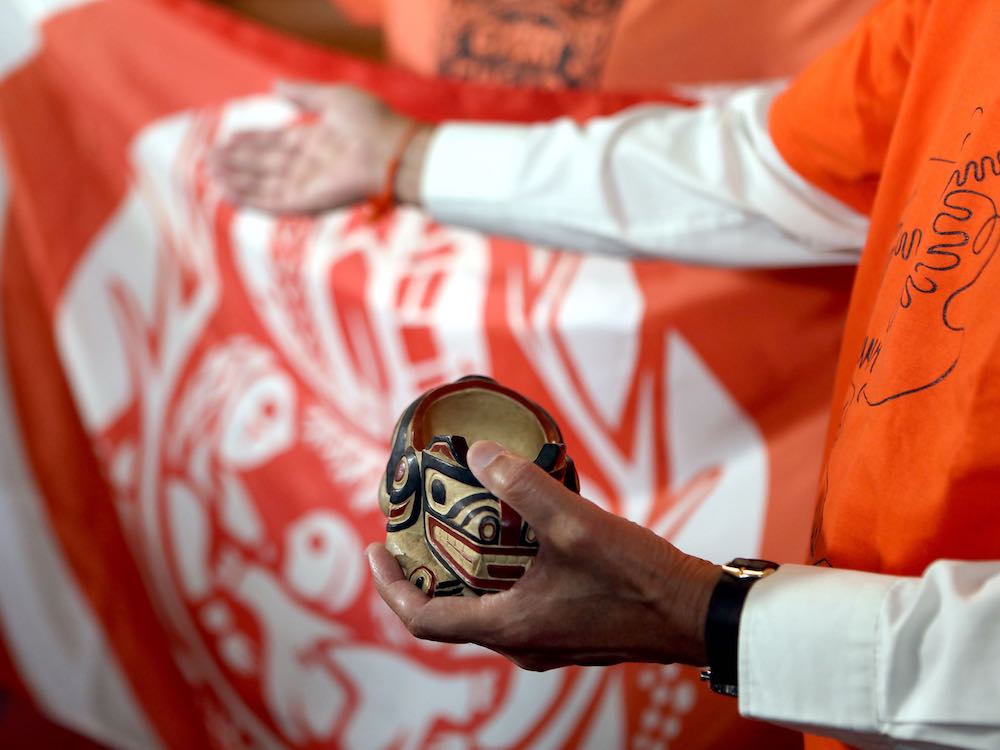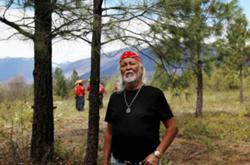Over the past year I have worked at University nuhelot’įne thaiyots’į nistameyimâkanak Blue Quills, or UnBQ, as the Indian residential school co-ordinator. There, I spent time speaking with survivors of Indian residential schools and I also helped conduct a search for gravesites of missing children.
Listening to the truths of residential school survivors was a stark reminder that we need to continue educating people about what happened at these schools, both for Indigenous and non-Indigenous folks. I also learned and reflected on the mortality at Indian residential schools across Canada.
Over 150,000 First Nations, Métis and Inuit children attended Indian residential schools, and although the official records are incomplete, it is estimated that thousands of children died at those schools.
Between 1931 and 1996, there were 139 Indian residential schools operating in Canada. In 2019, the National Centre for Truth and Reconciliation shared the names of 2,800 children who had died in those schools. At that time, it was believed that there were still an additional 1,600 unnamed children.
As communities have continued to push for searches across the country, the numbers have kept growing. The most recent collective findings from community searches countrywide (versus the official numbers of recorded deaths) suggest that the number of deaths may be much greater than those originally reported.
These new findings support the accounts residential school survivors have been sharing for decades and provide context to the severity of the genocide enacted on Indigenous Peoples in Canada.
In July 2022, Pope Francis affirmed these accounts and called the Indian residential schools an act of genocide.
However, in the midst of uncovering the truths through these searches, we are experiencing denialism. Despite the irrefutable evidence, there are still those who deny or refuse to acknowledge the abuse and deaths of Indigenous children in residential schools.
Survivor testimonies help lead the search
Last summer, UnBQ collaborated with a University of Alberta Indigenous-led team to conduct a Phase 1 search of the former Blue Quills Indian Residential School near St. Paul, Alberta. Our initial findings, released publicly on April 19, identified 19 “reflections of interest” on 1.29 acres of land.
The term “reflections of interest” is used to describe traits that are similar in ground-penetrating radar data. The reason this term was used at UnBQ was that, prior to the release of the report, they had not done GPR scans of nearby cemetery sites that would give them a more clear comparison. Once that process has been completed, the terminology will likely change in the Phase 2 report.
Over the course of the year, survivors have also shared areas of interest that will need further investigating. This is only the start of the search process as UnBQ is located on 240 acres of land.
Confronting residential school denialism
In-depth measuring of the deaths of residential school students is critical to research and communities to help provide clearer understandings of the lives of these children across Canada.
It is also a potential way to address denialists who may question whether the number of deaths is excessive.
Denialists may argue that uncovering a certain number of graves is not indicative of problematic conditions in the schools. And that data, based on counts, is subject to distortion.
For example, it could be argued that mortality occurs in all populations and that schools with large populations in operation over long periods would encounter deaths and, therefore, the occurrence of a number of deaths is not problematic.
However, there are quantitative methods that can help address these issues.
A good example is the standardized mortality ratio. This ratio involves calculating the number of expected deaths in residential schools based on reported death rates in the Canadian population during the same time period among children of the same ages based on historical data.
Although we currently have no public data that details the full scope of mortality rates for Indigenous children in residential schools, calculations such as the standardized mortality ratio can help us fully document how many Indigenous children died.
Indigenous scholars, leaders and survivors have long known that the number of deaths of children in residential schools was substantial. Now, as new research and data are produced, we will continue to see the official numbers grow.
As we grieve, a reminder of what matters
As the daughter of a residential school survivor and a relative to many who attended Blue Quills Indian Residential School, it’s horrible to have to address denialism during this time of mourning and healing in our communities.
Shortly after unmarked graves were uncovered at the Kamloops residential school, my father, Joe Cardinal from Saddle Lake Cree Nation, shared with me his wish that we continue to educate people on the beauty of our culture.
My father survived so I can live and experience love. I honour his wish by learning, unlearning and educating in systems that were not made for me. Education is healing and it offers people an opportunity to understand, unlearn and relearn the truths of this country.
My father once told me: "We are here to show the next generation what our ancestors were taught, the values of respecting one another, loving one another, helping one another. That’s what we need, we need to come back to that.”
The findings across this country create opportunity for healing and addressing unresolved grief.
The intergenerational trauma of residential schools has interrupted and challenged our Indigenous ways of knowing, being and doing.
In listening to the stories shared throughout this process, I have come to recognize that this work has created opportunities for healing in a trauma-informed and culturally appropriate way.
Indigenous communities hold the knowledge required to heal. We don’t need to be researched and rescued. We need to be more compassionate with one another, as people, but also as practitioners working with Indigenous families.
The stories that Indigenous Peoples tell are sacred. The accounts residential school survivors and their families share are sacred. Those who listen to them all carry responsibilities. Once you have been told, you know. Once you know, you are responsible. We are all responsible.![]()
![]()
Read more: Indigenous, Rights + Justice
















